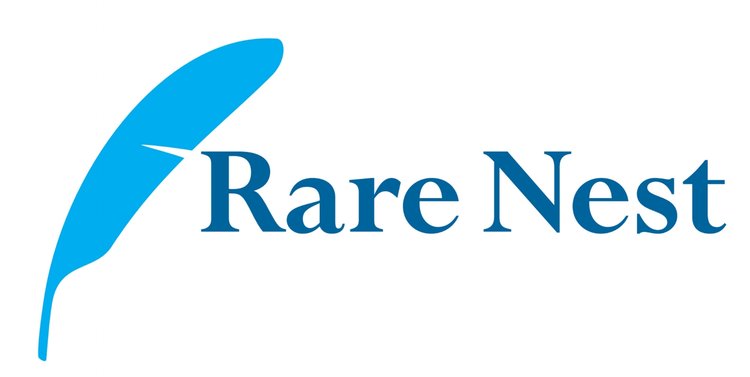REMEMBERING RICHARD HUNT 1935 - 2023
Image: Richard Hunt in his studio / office. Lynne Brown, 2020
“I have always been interested in the concept of freedom on the personal and universal levels: political freedom, freedom to think and to feel. As an African American living in the United States, obviously issues like segregation laws, the civil rights movement in the 1960s or South Africa have been on my mind when I have dealt with the concept of freedom. But freedom also relates to my career as an artist: freedom of mind, thought and imagination.”—from the Museum of Modern Art 1971 exhibition, The Sculpture of Richard Hunt
ABOVE: Lynne Brown, Pigment Print, “Richard’s Flowers #4344”, 2022. In this series of photographs featuring desiccated flower arrangements in the Studio of Richard Hunt, Brown contemplates possible inspirations for the sculptor’s work.
LYNNE BROWN
I have spent much of the last 15 years in service to other artists. In 2008 I left teaching and started working for the renowned photographer Barbara Crane to help facilitate a major retrospective exhibition and book of her work. Shortly after that, Barbara told her longtime friend, Richard Hunt, about my work for her. Richard responded by saying he thought he could use someone like that in his studio. I received a call from Richard and began helping to organize archival materials and facilitate administrative activities at his studio.
Barbara was a natural for me…I studied with her at the School of the Art Institute while working on my MFA in photography and after I graduated, we became good friends. Photography was a world I knew well. Richard Hunt’s sculpture studio was another story. I was expecting a macho world of sculpture and sculptors.
But Richard’s world wasn’t reliant on the performance of masculinity. In his studio I was privileged to learn about Richard’s approach, influences, and history. And to be exposed to the rich life of his involvements and connections. His intense interest in music, science, history, culture and philosophy saturated his process and our conversations.
I never knew who might call or knock on the studio door. It might be a curator from a major museum or someone who grew up with one of Richard’s sculptures – that was purchased from one of the street art fairs where a young Richard would show and sell his work when he was starting out. He rarely forgot anyone.
I am honored to have known these important artists. Barbara Crane, who we lost in late 2019 and Richard Hunt who left us this past weekend. What they shared was intense focus and extraordinary dedication to making their work. Richard and Barbara both had an incredible work ethic that far exceeded a desire for success or notoriety. I believe this is why their legacy lives on.
Image: Mark Ballogg. Richard Hunt Studio, 2022 from “Making Space”
MARK BALLOG
“I first met Richard during a studio visit in 2017. His unassuming demeanor made me feel comfortable - at ease. As I explored his studio - I was transfixed. I felt foolish for forgetting my camera. My eyes, darting from spot to spot, revealing a man gloriously possessed by his practice. I realized there was something here to consider. I returned to Hunt’s studio two additional times to make over 70 photographs as part of a book project photographing 168 Chicago artist’s studios.
If you look at Richard’s opening photograph in my book Making Space (Illust above) you will see him, torch in hand working on a sculpture in a cavernous space surrounded by scrap metal. He becomes the studio, a fitting reflection of an artist enveloped by the fabric of his practice. That photo omits the character of the man.
After I spent time with Richard I realized his merit was as notable as any sculpture he created. His stature as an artist is dwarfed only by his kind and generous spirit. On a couple of occasions, he interrupted his busy schedule to lend me his support. The photo I selected for my book (above) was his favorite. It will always remind me, first, of Richard Hunt the man, and second, Richard Hunt the Artist. Richard, I will miss you.”
Mark Ballogg is a professional photographer. His book “Making Space” documents artist’s studios in Chicago (available here).





